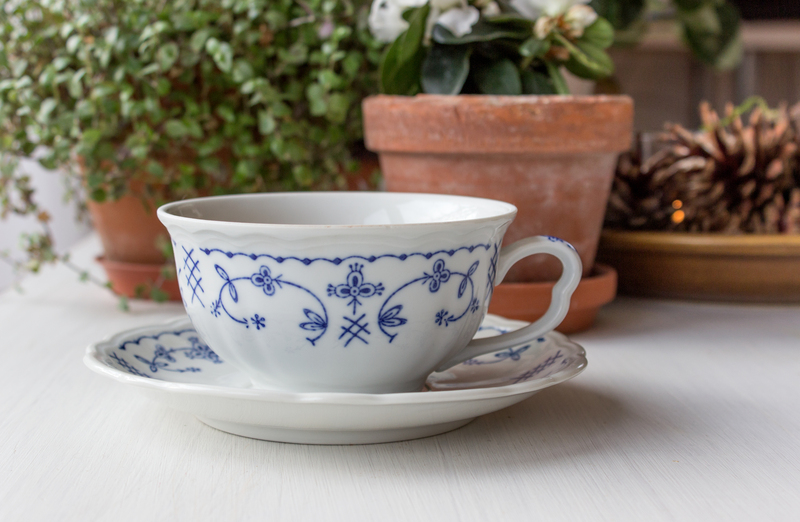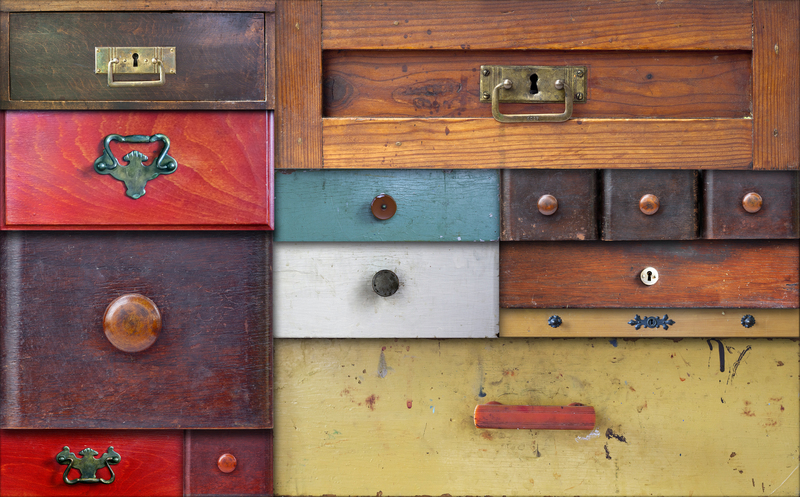Posted on 20/04/2024
In today's society, environmental sustainability has become a pressing issue. Recycling has been one of the most common ways to reduce waste and conserve resources. However, recycling can go beyond just separating paper, plastic, and glass. With a little creativity, garbage can be transformed into stunning works of art. This form of recycling is known as creative recycling.
What is creative recycling?
Creative recycling is a process where discarded materials are used to create new and unique items that have both practical and artistic value. It is a creative way to repurpose trash and give it a new life while reducing the amount of waste that ends up in landfills or polluting our oceans. From sculptures made out of bottle caps to jewelry created from old CDs, the possibilities for turning trash into treasure are endless.
One of the main benefits of creative recycling is its positive impact on the environment. By using waste materials, we are able to reduce the need for raw materials, such as trees and minerals, which are often depleted in the production of new products. This also leads to a decrease in air and water pollution caused by extraction and manufacturing processes. Furthermore, creative recycling helps minimize the amount of waste sitting in landfills, which can take hundreds of years to decompose.
Not only does creative recycling benefit the environment, but it also allows for self-expression and encourages individuals to think outside the box. Anyone can participate in this form of art regardless of age or skill level. Children can let their imaginations run wild by creating toys out of cardboard boxes or egg cartons, while adults can use discarded materials to create home decor or functional items like furniture.
Moreover, creative recycling has economic advantages as well. Many artists have turned this hobby into a profitable business by selling their creations at local markets or online platforms. By utilizing materials that are readily available and usually free, these artists are able to keep their production costs low, making their products more affordable for consumers.
However, despite its numerous benefits, creative recycling also has its limitations. The main challenge is finding the right materials to work with. Not all waste materials are suitable for creative recycling, and some may require special equipment or techniques to transform them into usable materials. This can be time-consuming and expensive, making it difficult for artists to sustain their businesses.
Another downside of creative recycling is that not all recycled items have a long lifespan. Since they are often made from unconventional materials, they may not have the same durability as traditional products. This means that they may wear out or break down sooner, requiring frequent replacements.
To make the most out of creative recycling, here are a few tips to keep in mind:
1. Start small: If you're new to creative recycling, start with simple projects using materials that are easy to find and work with. As you gain experience and confidence, you can move on to more complex creations.
2. Use your imagination: Don't limit yourself to just one type of material. Get creative and experiment with different waste items - you never know what masterpiece you might come up with.
3. Be mindful of safety: When working with waste materials, it's important to take necessary precautions such as wearing gloves or protective gear if needed.
4. Support local artists: Instead of buying mass-produced items, support local artists who specialize in creative recycling. Not only will you be getting a unique and eco-friendly product, but you'll also be supporting a small business.
In conclusion, creative recycling is not just about turning trash into art; it has many benefits for both individuals and the environment. It allows for self-expression while promoting sustainability and reducing waste. By making conscious efforts to incorporate creative recycling into our lives, we can contribute towards a cleaner and more sustainable future for generations to come.

Pros of Creative Recycling:
- Reduces waste and conserves resources
- Minimizes air & water pollution
- Encourages creativity and self-expression
- Can be a profitable business

Cons of Creative Recycling:
- Difficulty in sourcing suitable materials
- Products may not have a long lifespan
- Requires special equipment or techniques
Tips for effective Creative Recycling:
- Start small and work your way up
- Use a variety of materials to get creative
- Prioritize safety while handling waste items
- Support local artists specializing in creative recycling.
Creative recycling is the perfect combination of art and sustainability. So, the next time you're about to throw something away, think twice and see if it can be transformed into something beautiful and useful through creative recycling. Let's work towards a greener and more colorful world, one piece of trash at a time.
Latest Posts
Tips for Proper Disposal of Regular Waste
Garbage Cleanup Bags - Efficient Skip Substitute

































 Get a Quote
Get a Quote